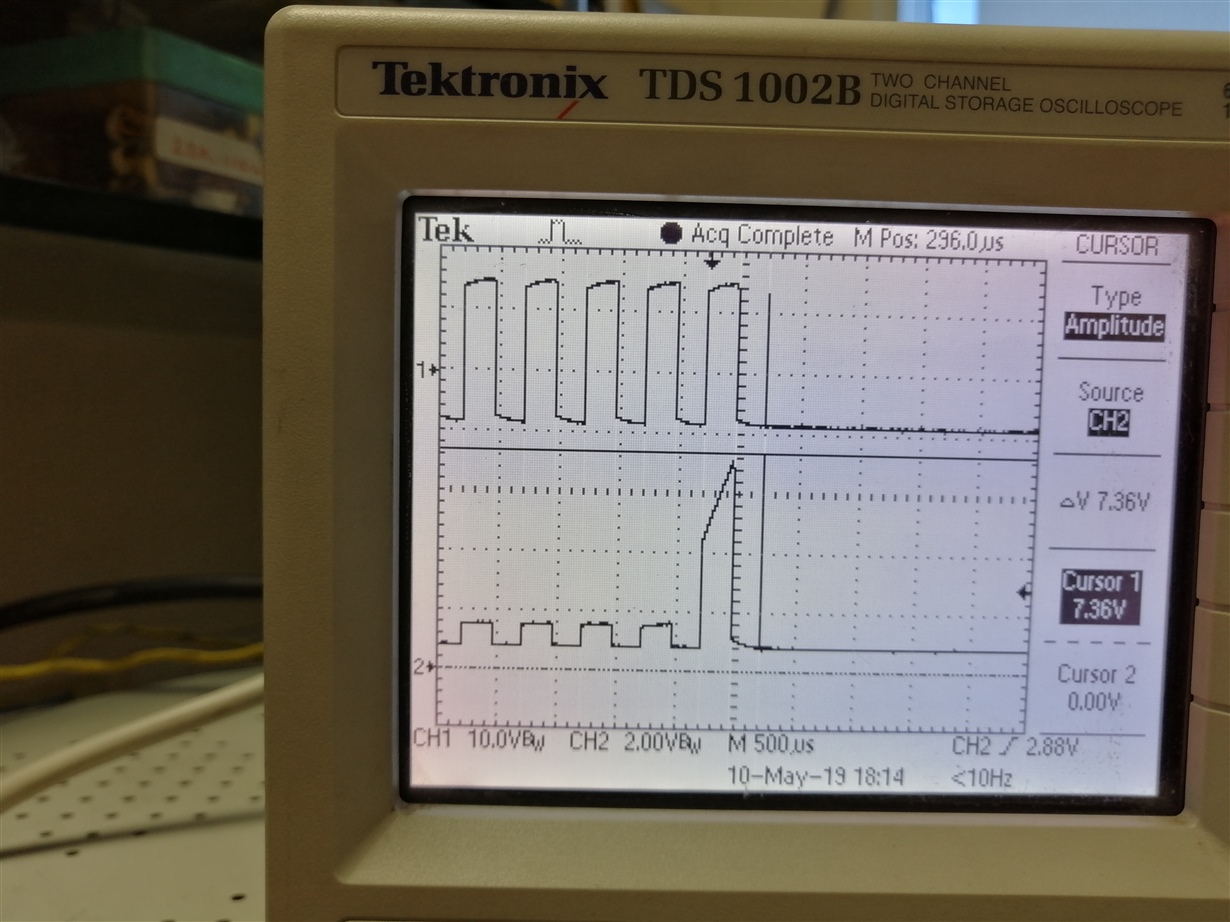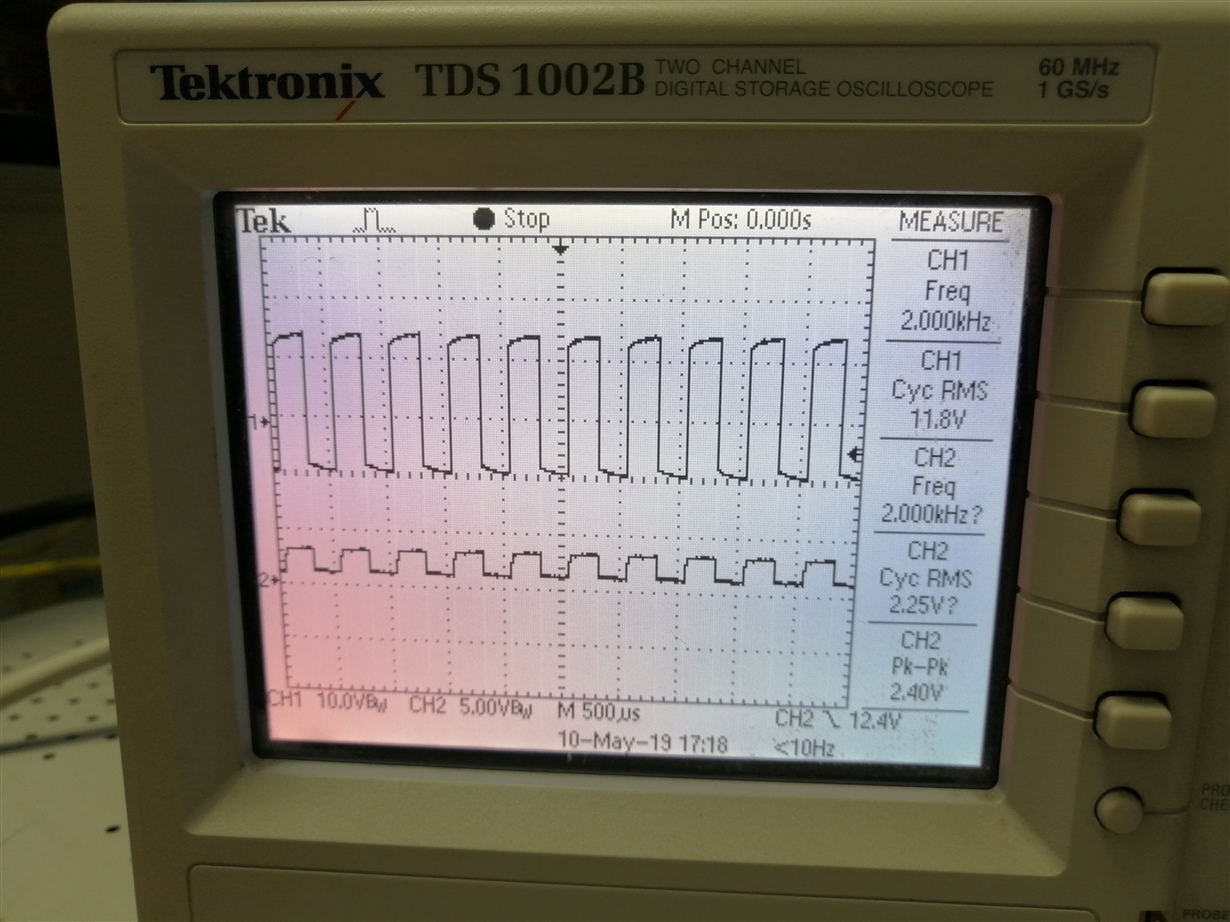Hello friends,
I am trying to test ISO5452 by mounting on general purpose PCB. I want to test it without IGBT by connecting a load capacitor across the OUTH/OUTL. The value of load capacitor is equal to the input capacitance of the IGBT. I have attached the schematic as shown below. The pin marked by cross is kept floating in our application.
I want to check desat protection by connecting the recommended protection circuit (mentioned in datasheet) along with a load resistor. Please comment on the possibility of checking desat protection by this procedure.



